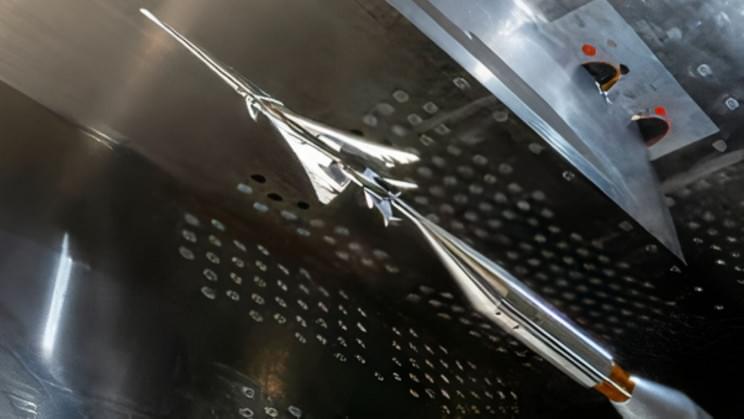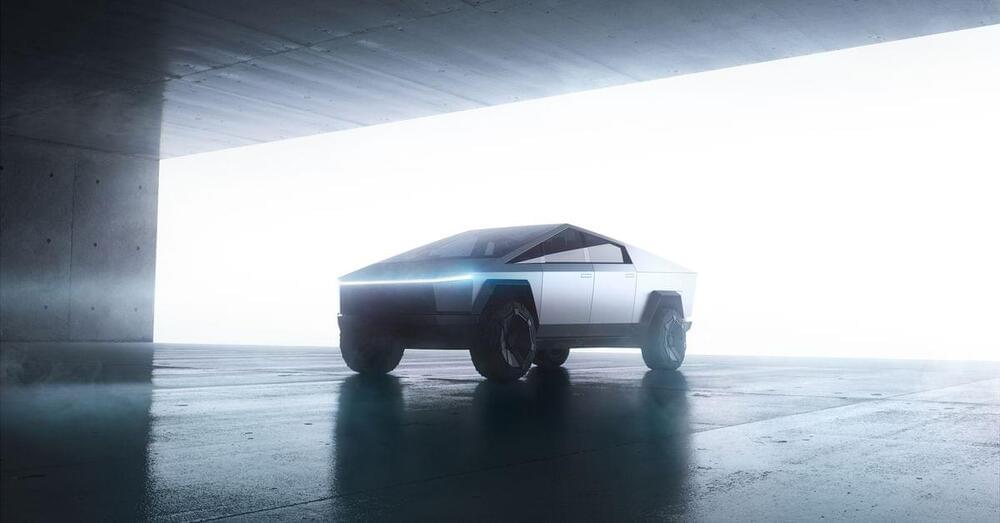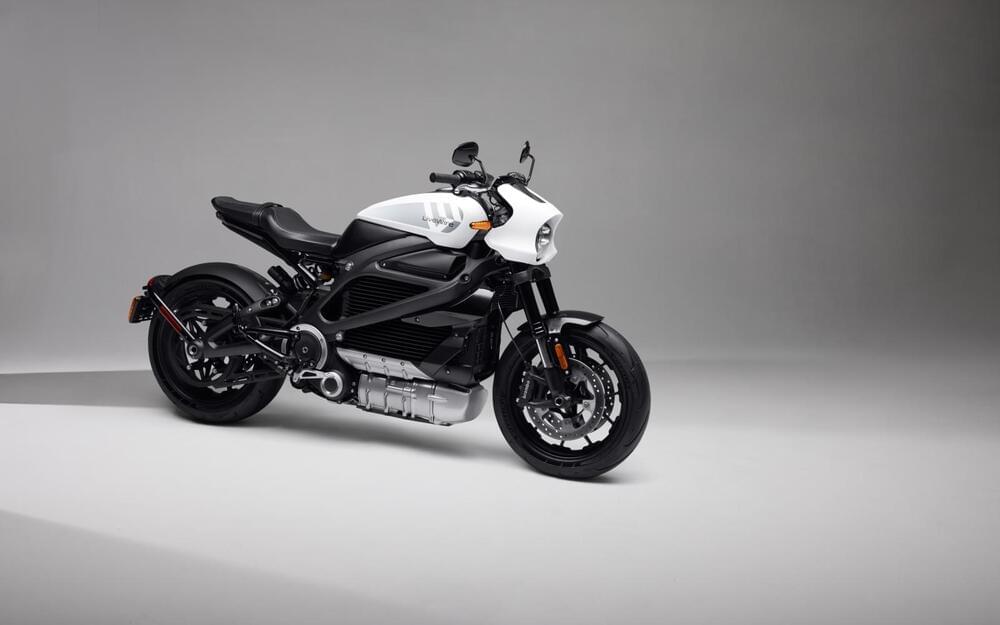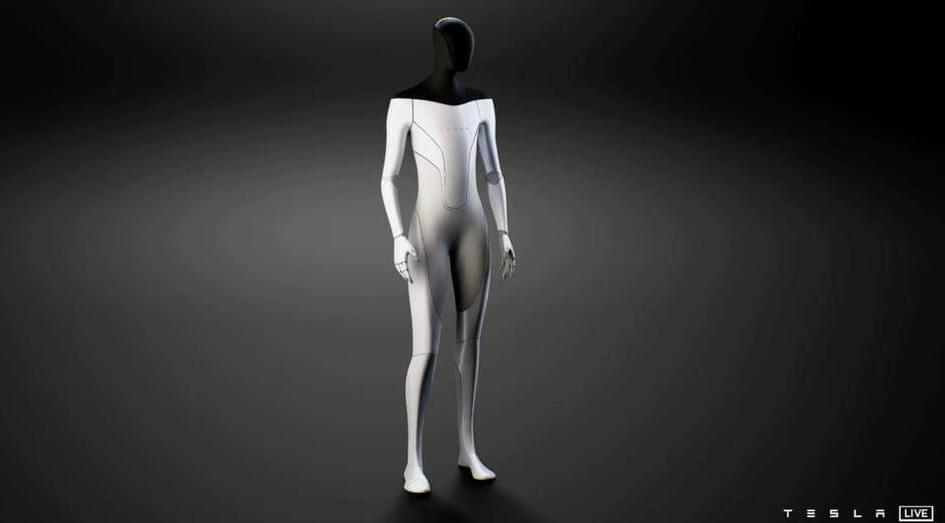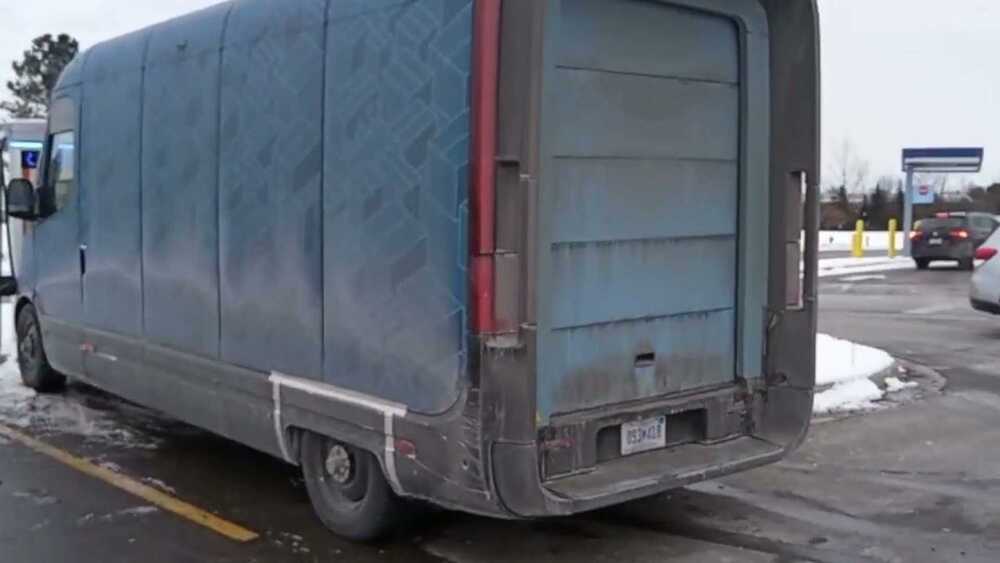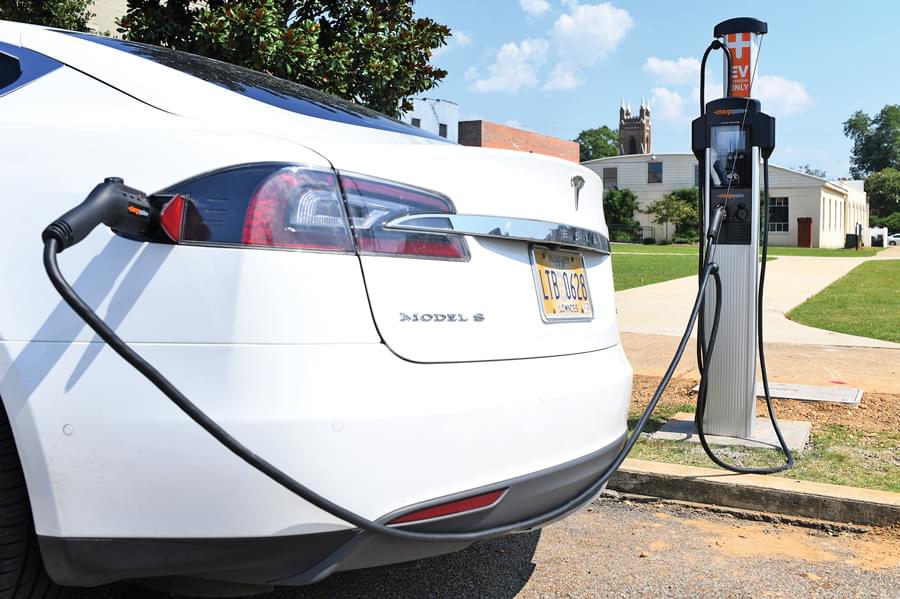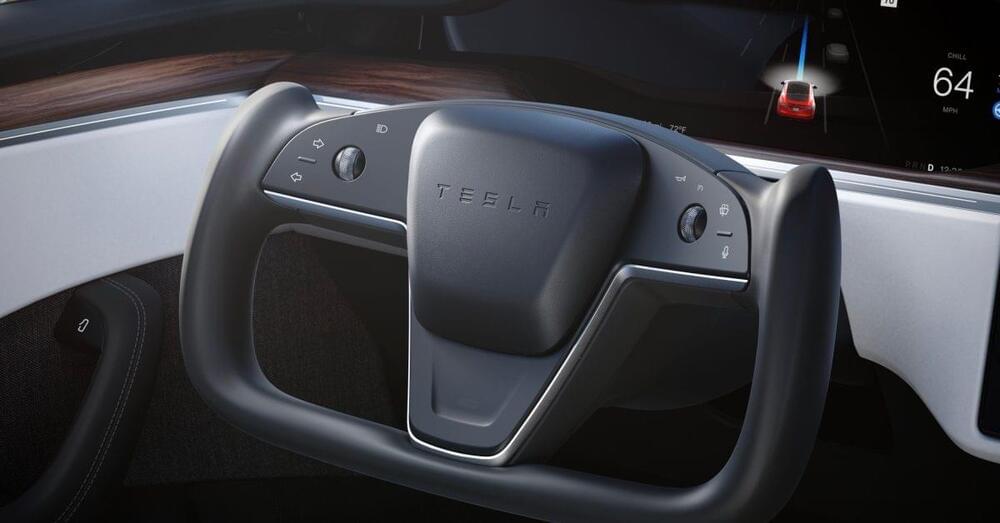The Concorde’s successor might be quieter.
NASA has completed the first test of the works on lowering the volume of supersonic flights in an effort to lift the ban on commercial supersonic flights, NASA’s Glenn Research Center announced.
The sonic booms happen when the merge of shock waves, created by breaking the sound barrier at the speed of 767 mph (1,235 kph). The huge amount of sound energy, approximately 110 decibels, generated by sonic booms sounds like thunderclaps or explosions and can be heard from 30 miles (48 km) away, which is why supersonic commercial flights are banned by the Federal Aviation Administration (FAA). physicists confirm that they have achieved a stage in nuclear fusion called “burning plasma”.
